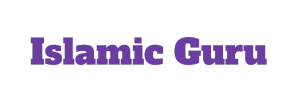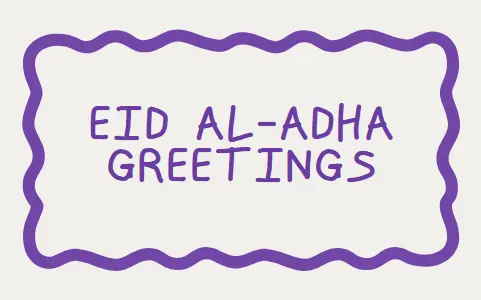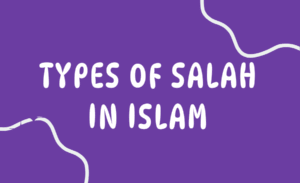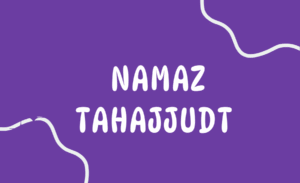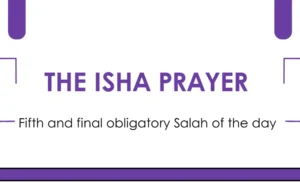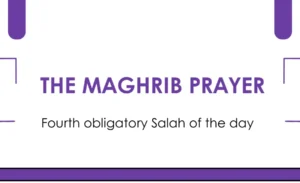Eid al-Adha, also known as the “Festival of Sacrifice,” is one of the most significant holidays in the Islamic calendar. It is celebrated by Muslims around the world, marking the willingness of Prophet Ibrahim (Abraham) to sacrifice his son, Isma’il (Ishmael), in obedience to God’s command. In recognition of this act of faith and submission, Eid al-Adha is a time of spiritual reflection, charity, and community bonding. One of the most heartwarming aspects of this holiday is the exchange of Eid al-Adha greetings, which express joy, peace, and unity among Muslims.
In this blog, we will delve into the significance of Eid al-Adha greetings, explore traditional messages exchanged during this sacred festival, and provide guidance on how to craft the perfect Eid al-Adha greeting for your friends, family, and loved ones.
Understanding Eid al-Adha
Before we explore the various Eid al-Adha greetings, it’s important to understand the background and significance of the holiday itself.
Eid al-Adha falls on the 10th day of Dhu al-Hijjah, the last month of the Islamic lunar calendar. The festival commemorates the story of Prophet Ibrahim’s devotion to God, who asked him to sacrifice his son, Isma’il. In an act of unwavering faith, Ibrahim was prepared to carry out the command, but just as he was about to sacrifice his son, God intervened and provided a ram to be sacrificed in Isma’il’s place.
This event is celebrated by Muslims with prayers, feasts, and charitable acts, including the symbolic act of animal sacrifice (usually a goat, sheep, cow, or camel). The meat is distributed among family, friends, and the less fortunate, embodying the spirit of sharing, generosity, and compassion.
The exchange of Eid greetings plays a crucial role in fostering these values of community, love, and mutual respect.
The Importance of Eid Greetings
Eid greetings serve as an expression of goodwill, solidarity, and happiness during this sacred occasion. These greetings are not only a way to celebrate with family and friends but also a way to strengthen bonds between Muslims and foster a sense of belonging to the global Muslim community.
Sending Eid greetings to loved ones, neighbors, colleagues, and even strangers is a tradition that signifies the unity of Muslims worldwide. The greetings vary in form, but they all convey the same core message: a desire for happiness, blessings, and peace for everyone during this auspicious time.
Popular Eid al-Adha Greetings
When it comes to Eid al-Adha greetings, the expressions used vary depending on cultural, linguistic, and regional differences. However, certain greetings have become widely recognized and are used across the Muslim world. Here are some of the most popular and widely accepted greetings for Eid al-Adha:
1. Eid Mubarak (عيد مبارك)
The most common greeting exchanged during both Eid al-Fitr and Eid al-Adha is “Eid Mubarak,” which translates to “Blessed Eid.” This simple yet profound greeting reflects the joy and blessings associated with the festival. It is widely used across the Muslim world, regardless of language or nationality.
Meaning: Blessed Eid
Usage: “Eid Mubarak to you and your family!”
2. Eid Sa’id (عيد سعيد)
This greeting is also very common, especially in Arabic-speaking countries. “Eid Sa’id” translates to “Happy Eid” or “Joyful Eid,” and it emphasizes the celebratory nature of the occasion.
Meaning: Happy Eid
Usage: “Eid Sa’id! May this day bring joy and prosperity to your life.”
3. Taqabbal Allahu Mina Wa Minkum (تقبل الله منا ومنكم)
This greeting is more formal and is often used after the completion of the Eid prayers. It translates to “May Allah accept from us and from you” and refers to the acceptance of acts of worship, especially the sacrifices and prayers offered during Eid.
Meaning: May Allah accept from us and from you
Usage: “Taqabbal Allahu Mina Wa Minkum. May Allah bless your sacrifices and prayers.”
4. Kullu ‘Am Wa Antum Bi Khair (كل عام وأنتم بخير)
This is a more general greeting used during Islamic holidays and means “May you be well every year.” It conveys the hope that the recipient will experience peace, prosperity, and health for years to come.
Meaning: Wishing you well every year
Usage: “Kullu ‘Am Wa Antum Bi Khair! May you continue to be blessed with peace and health.”
5. Allah Akbar (الله أكبر)
Though not a greeting in the traditional sense, “Allah Akbar” (God is the Greatest) is often used by Muslims on Eid to express their reverence and gratitude. During the Eid prayers, the phrase is repeated multiple times as a sign of devotion.
Meaning: God is the Greatest
Usage: “Allah Akbar! Wishing you a blessed Eid filled with love and faith.”
Crafting the Perfect Eid al-Adha Greeting
While these standard greetings are widely used, personalizing your Eid al-Adha greeting adds a special touch that can make your message even more meaningful. Here are a few tips on how to craft the perfect greeting for your loved ones:
1. Reflect on the Spirit of Sacrifice
Eid al-Adha is not just about feasting and celebration; it is a time for spiritual reflection and gratitude. You can incorporate these themes into your greeting to remind others of the deeper meaning behind the festival.
Example: “Eid Mubarak! May this Eid bring you closer to Allah and may your sacrifices be accepted with love and mercy.”
2. Include Blessings for the Whole Family
Family plays a central role in Eid celebrations, and extending your wishes to your friend’s or family member’s loved ones adds warmth to your message.
Example: “Eid Mubarak to you and your family! May your home be filled with peace, love, and abundant blessings this Eid.”
3. Express Gratitude and Generosity
Charity is an essential part of Eid al-Adha. Many Muslims use the occasion to donate to the less fortunate. You can incorporate this spirit of generosity into your greeting.
Example: “Eid Mubarak! May your kindness and charity bring you endless rewards from Allah.”
4. Use Local Customs
If you know your recipient’s cultural background, try to incorporate their traditional Eid expressions or symbols. For example, in South Asia, “Eid Milad” (the celebration of Eid) is a common phrase, and in Southeast Asia, greetings may include phrases like “Selamat Hari Raya Haji.”
5. Be Specific and Personal
A personalized Eid greeting that reflects a specific memory, event, or characteristic of your relationship can make your message stand out. Whether it’s recalling a past Eid celebration or sharing a special memory, a personal touch goes a long way.
Example: “Eid Mubarak, my dear friend! I still remember last year’s celebration with you—it was a day filled with joy and laughter. Here’s wishing you a blessed and peaceful Eid this year.”
Eid al-Adha Greetings: A Tradition of Love, Peace, and Generosity
Eid al-Adha is a time for Muslims to come together in faith, celebrate God’s mercy, and share in the joy of sacrifice and unity. Sending and receiving Eid greetings helps reinforce these themes, fostering a sense of connection and community. Whether you choose a traditional greeting or craft a personal message, your words have the power to spread joy, peace, and blessings to those you care about.
As you exchange Eid al-Adha greetings, remember that these simple words are more than just formalities—they are an expression of love, faith, and unity. From all of us here, we wish you a blessed Eid al-Adha, filled with happiness, prosperity, and spiritual fulfillment.
Eid Mubarak!
